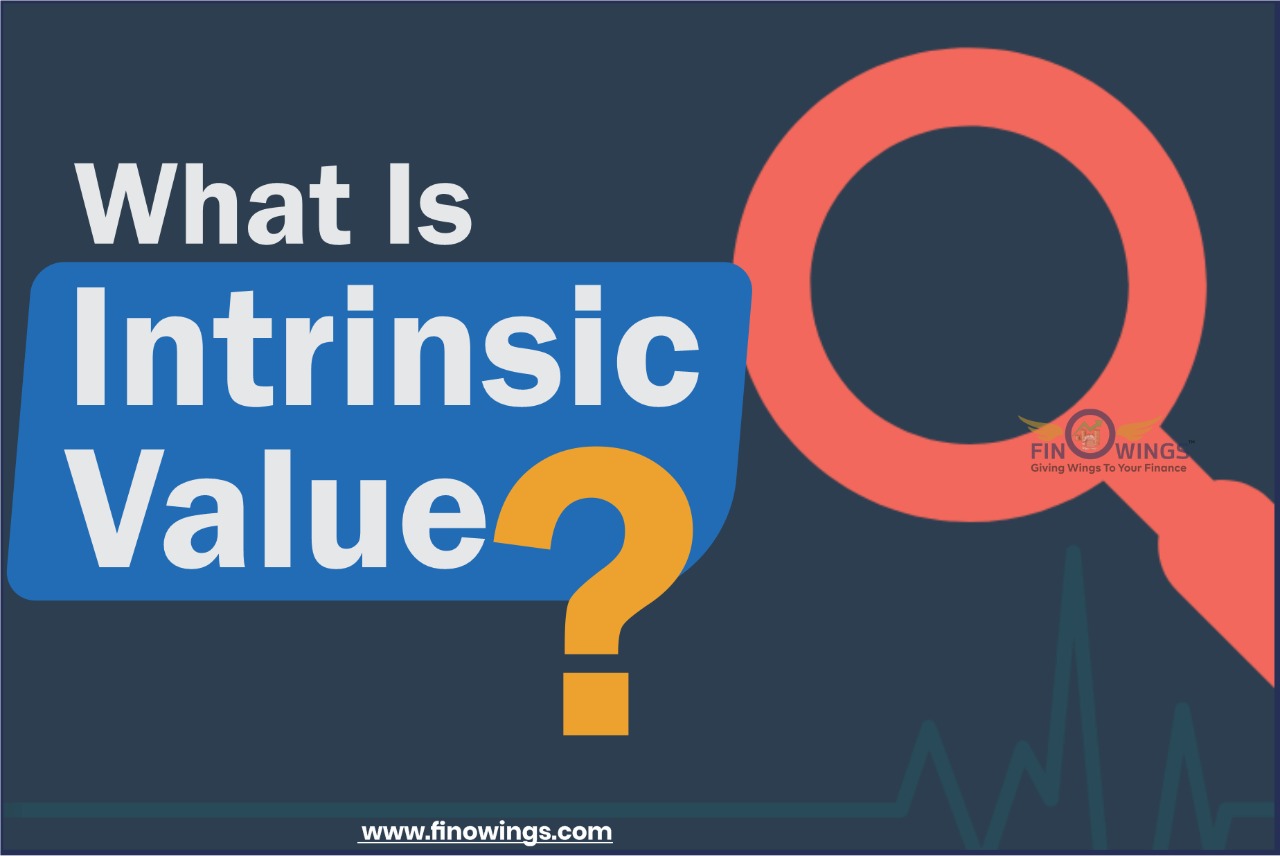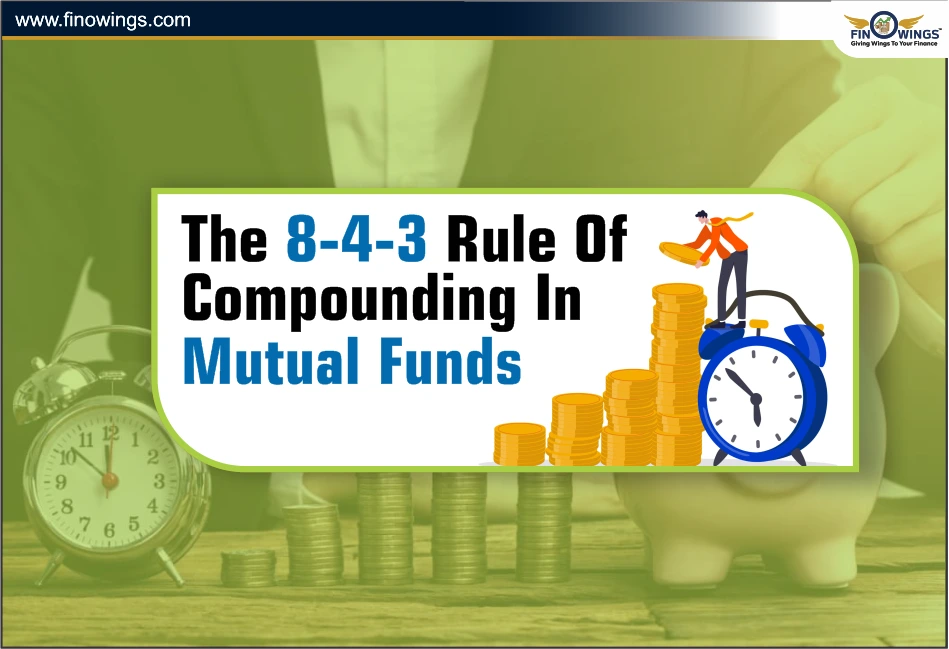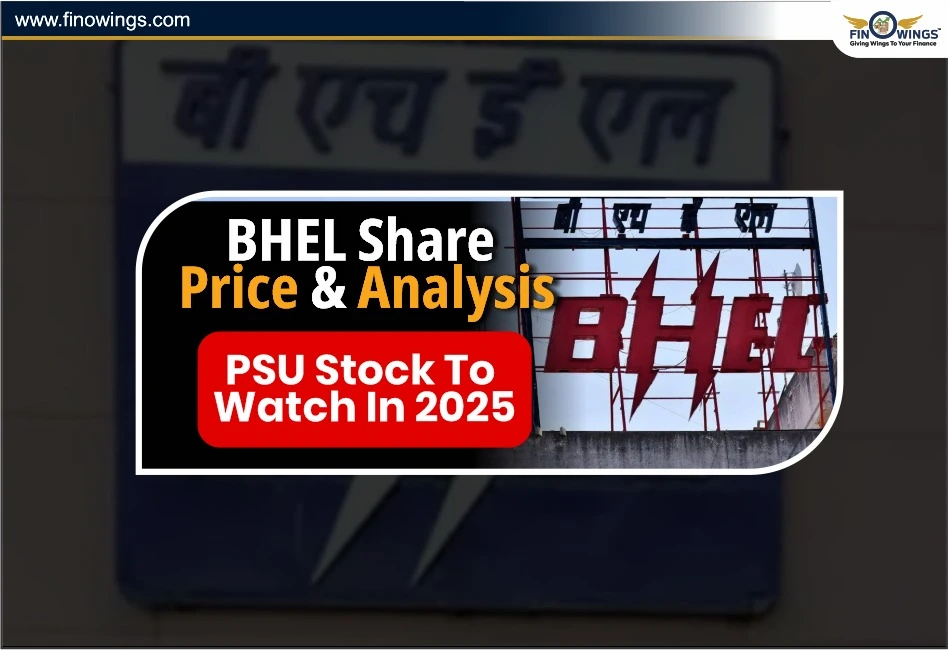Home >> Blog >> 5 Ways to Use Intrinsic Value for Smarter Investment Decisions
5 Ways to Use Intrinsic Value for Smarter Investment Decisions

Table of Contents
What is Intrinsic Value?
The intrinsic value of an asset establishes its value.
An elaborate financial model or a precise calculation are both used to calculate this indicator.
An asset's inherent worth is different from its current market value.
By contrasting an asset's value with its present price, investors can decide whether it is overvalued or undervalued.
Cash flow is used in financial analysis to ascertain a company's or stock's intrinsic or underlying value. For example, the intrinsic value in pricing options is the distinction between the option's strike price and the underlying asset's current market price.
Background
The intrinsic valuation method is the foundation of value investing, which Warrant Buffett and Benjamin Graham popularized. The Intelligent Investor, written by Graham, served as the foundation for Warren Buffett and the entire school of thought surrounding it.
Intrinsic refers to something's fundamental character. Inherent, innate, native, natural, deep-rooted, etc., are all synonyms.
The formula for Intrinsic value
The intrinsic value formula has several versions, but the "standard" method is comparable to the net present value calculation.
Where:
NPV = Net Present Value
FVj = Net cash flow for the j th period (for the initial "Present" cash flow, j = 0
i = annual interest rate
n = time period
Multi-stage growth models, giving the cash flows a probability or level of certainty, and fiddling with the discount rate are examples of variations.
Risk Adjusting the Intrinsic Value
Risk adjusting the cash flows is a very individualized undertaking that combines both art and science.
There are two primary approaches:
1. Discount rate - Appropriately discounting the cash flows using a discount rate that incorporates a risk premium.
2. Certainty factor: Using a factor that ranges from 0 to 100% certainty that the forecasted cash flows will occur
-
Discount Rate
Financial analysts often utilize a company's weighted average cost of capital when applying the discount rate approach (WACC). The risk-free rate, which is typically the yield on a government bond, is added to the WACC calculation along with a premium determined by the stock's volatility multiplied by an equity risk premium.
This strategy is justified by the idea that a stock is a riskier investment if it is more volatile. The value of the cash flow that would be received later in the future is therefore decreased as a result of using a higher discount rate (because of the greater uncertainty).
-
Certainty Factor
To discount the investment, a probability or certainty factor can be applied to each cash flow or multiplied by the company's total net present Value (NPV). Since the cash flows are already risk-adjusted, this strategy just uses the risk-free rate as the discount rate.
When a US Treasury note's cash flow, for instance, is guaranteed in full, its discount rate—in this case, 2.5%—is equal to the yield. Contrast that with the cash flow of a technology company that is experiencing rapid growth and considerable risk. The same 2.5% discount rate is applied, and a 50% probability factor is ascribed to the cash flow from the tech company.
At the end of the day, both approaches aim to discount an investment according to the degree of risk it entails.
Market Risk and Intrinsic Value
Many valuation models additionally assess a market risk component. For equities, beta—an estimation of how much a stock price might change or its volatility—measures risk.
One beta is regarded as neutral or associated with the market as a whole. A stock has a higher risk of volatility if its beta value is larger than one, while a beta value below one indicates a lower risk than the market as a whole. Therefore, a stock with a high beta should produce a higher return from cash flows than an investment with a low beta to balance the increased risks.
Is Market Value or Intrinsic Value Better for Investing?
Some individuals think it is better than market value. The price buyers are ready to pay for an item, for various reasons determines its market value. These are a few examples of financial requirements, short-term trading objectives, and trading whims. Contrarily, an investment's intrinsic value is determined by specific data about it, such as its cash flows and real financial performance.
Challenges with Intrinsic Value
The problem with determining intrinsic worth is that it's a very individualized process. Numerous assumptions must be made, and any changes to those assumptions will significantly impact the final net present value.
While the WACC's assumptions about beta and market risk premium can all be calculated differently, the assumption regarding a confidence or probability component is wholly arbitrary.
In essence, it is impossible to forecast the future since it is inherently uncertain. Due to this, even the world's most successful investors might use the same data to analyze a firm and come up with very different estimates of its intrinsic worth.
Conclusion:
Calculating a company's or stock's intrinsic value does not adhere to a single, universally recognized formula. Instead, financial analysts use fundamental and technical analyses to evaluate an asset's actual financial performance in an effort to ascertain its inherent value.
Although they may employ qualitative, quantitative, and perceptual business elements to develop valuation models, discounted cash flows are a common metric used in intrinsic value estimates.
Investors frequently attempt to assess a company's intrinsic worth using both qualitative and quantitative elements, but they should be aware that the outcome is still merely an estimate.
In general, intrinsic value can be considered the amount the company would be worth if its entirety and assets were sold.

















